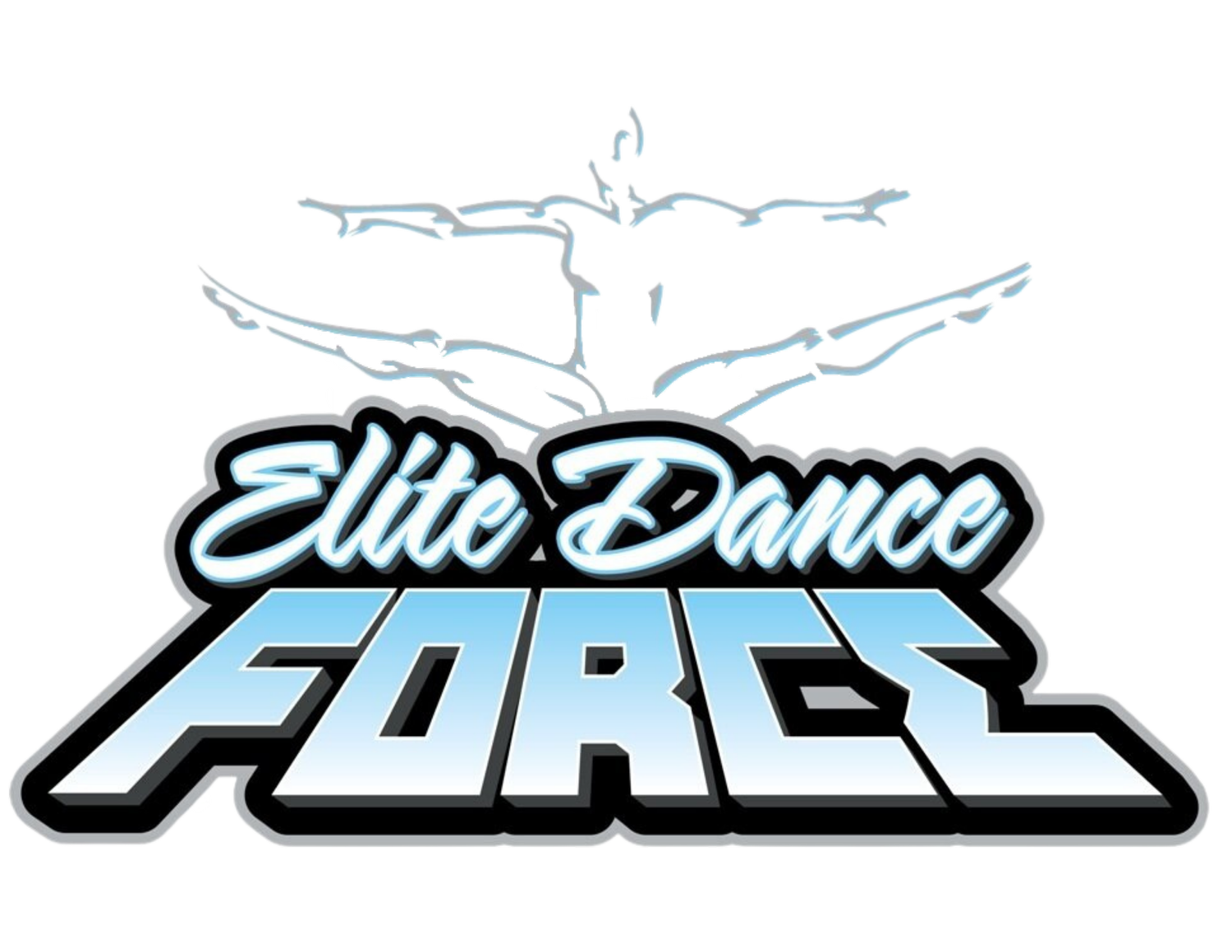What it takes to go en pointe
Training for pointe work is a major milestone in a ballet dancer's journey, marking their rise to the top of this classical art form. It involves building strength, balance, and technique as dancers master the art of dancing on their toes with pointe shoes. But this transition isn't easy; it requires careful preparation and conditioning to prevent injuries. This guide gives valuable insights and recommendations to help dancers with their pointe work training, ensuring a safe and successful transition.
Stage 1: Regularly attend ballet technique class
In order to improve your ballet technique, it is recommended to consistently attend ballet technique classes every week for at least a year. By dedicating yourself to regular practice and training, you will have the opportunity to refine your skills, strengthen your technique, and make significant progress in your ballet journey.
Stage 2: Amp-up your training, and begin pre-pointe work
Around age 9, students will add a second ballet technique class and a 30-minute pre-pointe class to their training. They'll stay at the pre-pointe level for at least a year. This preparation period is crucial and a prerequisite for starting pointe work. Students will be regularly evaluated to assess their progress and readiness for pointe work. They can start pointe work once they consistently attend two ballet technique classes and one pre-pointe class every week.
Stage 3: Have a professional evaluate your readiness for pointe
Pointe work usually starts around ages 11-12, depending on the ballet instructor's discretion. Readiness for pointe work is determined by the following criteria, based on the student's performance in class:
Regular attendance in ballet technique and pre-pointe classes
Physical strength
Body alignment
Turnout control on flat foot and demi-pointe
No rolling ankles or sickling feet
Consistent application of corrections and attention to detail
A dedicated, serious, and responsible approach to learning
Students and parents need to know that pointe work begins only when the teacher believes the student is ready. Each student is evaluated individually, and comparisons with other dancers should be avoided. This process is crucial to prevent students from starting pointe work too soon. Our top priority is the safety and well-being of our dancers.
